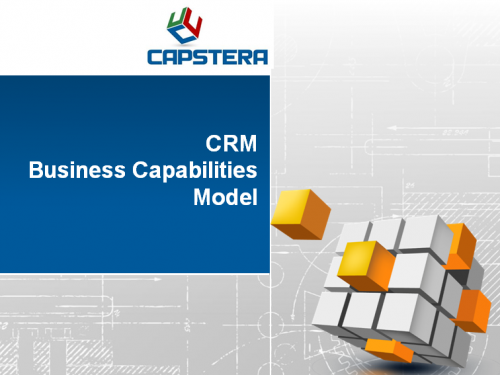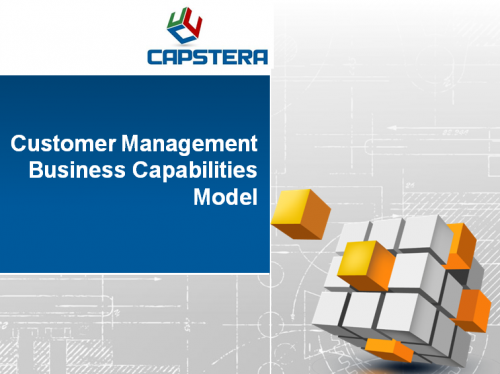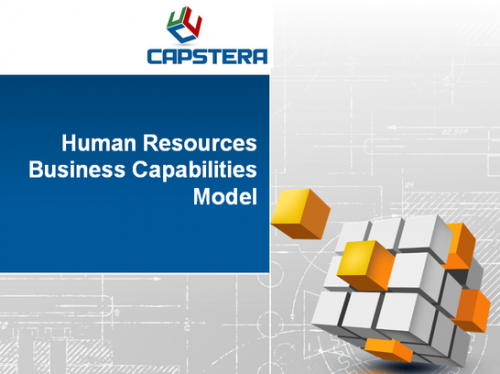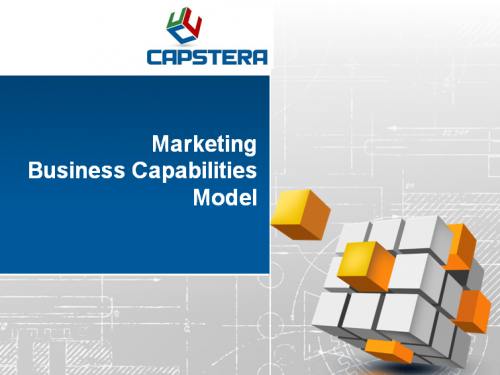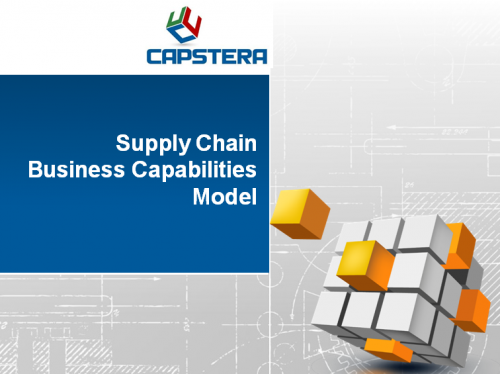What are strategic business capabilities? How are they different than other categories of business capabilities? How does a business architect identify strategic capabilities? A lot of questions. Here are some answers:
At the outset, let us define business capabilities: It is what a business does and can do.
At Capstera, we typically categorize enterprise business capabilities into three categories – Core, Context, and Commodity. But, apparently, this is not the only method of classifying capabilities. We have used other groups and seen others use different categorization techniques – Strategic, Advantage, and Foundational in other groupings, for example.
So allowing for different The core, let us look at what these particular terms mean.
Strategic Business Capabilities – The CORE, CONTEXT, & COMMODITY:

Commodity:
- A commodity doesn’t mean it is not essential. For example, gas is a commodity but is of vital importance. Email is a commodity and, again, is of immense significance.
Context:
- Context functions can become core if the company focuses on such capabilities to differentiate itself. For example, for a statistical arbitrate shop, micro milliseconds of lower latency may be a significant competitive advantage for a longer-term focused buy-side firm that could be a context function.
Core
- Core functions are where the company has a unique differentiation, and it helps engender sustainable competitive advantage. For example, car design may be such a core area for an automobile manufacturer. Of course, a company may choose to focus on more than one core area.
How to Categorize the Strategic Business Capabilities, mostly the Core Capabilities?
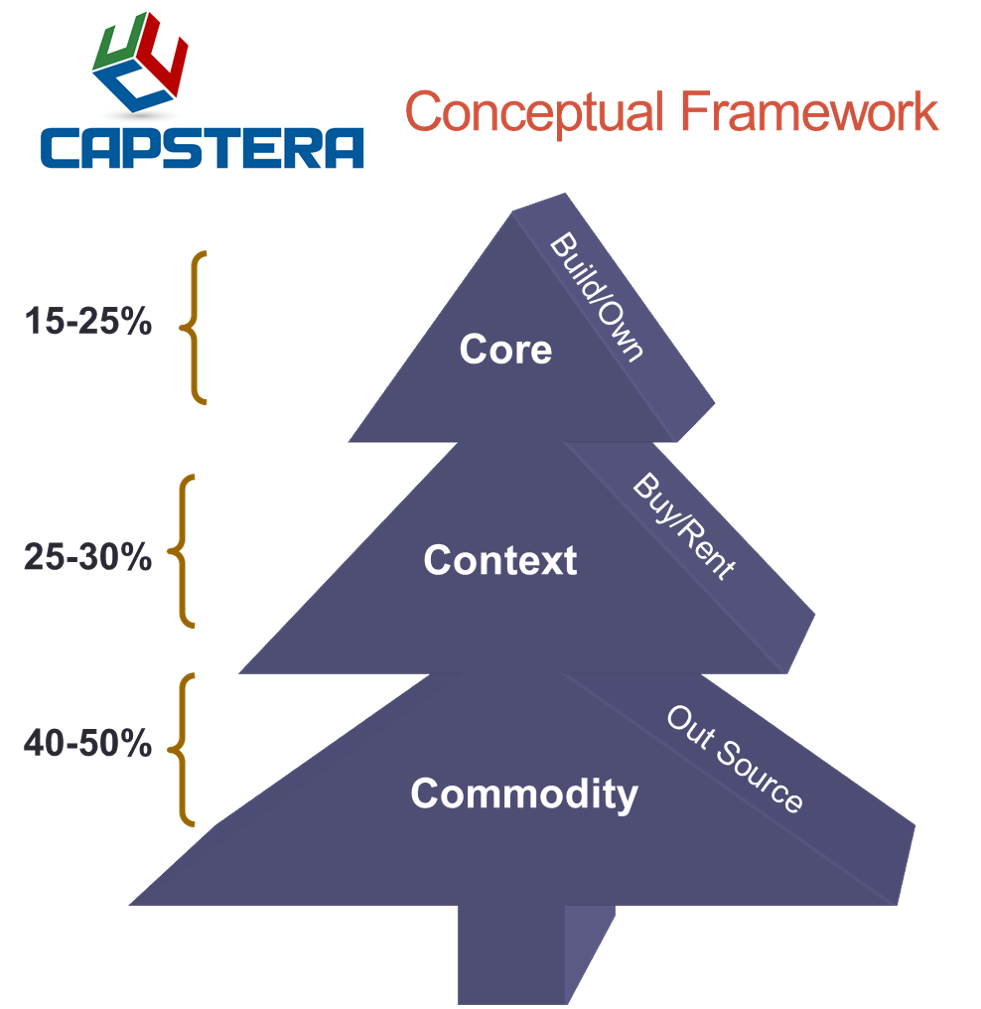
The core is the “Secret Sauce,”; the essence of who you are and what makes you “YOU,”; and the source of competitive differentiation and market advantage.
Context capabilities are enabling functions that are vital but not unique and do not generate direct business impact. These are functions where being on par with the market may be the right strategy.
Commodity capabilities are the primary transactional services and support functions that help a company function like a well-oiled machine. Still, the ROI on excelling at these may not generate a sustainable competitive advantage.
Identifying Capability Enablement and Investment based on Uniqueness and Business Impact:
Once you determine the core capabilities that significantly impact your future growth, profitability, and competitive differentiation, you can make broad investment decisions.
Here is a way to view the capabilities in a strategic context of business impact and the uniqueness of the capabilities.

Related Products:
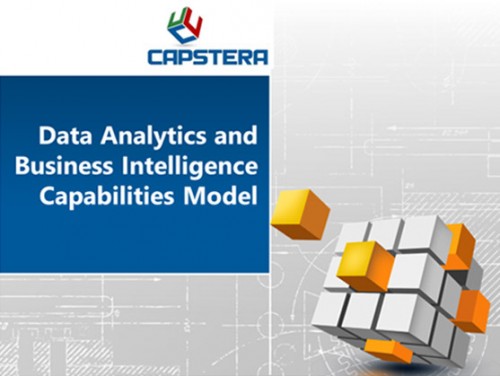
Data Analytics and Business Intelligence Capabilities Map

